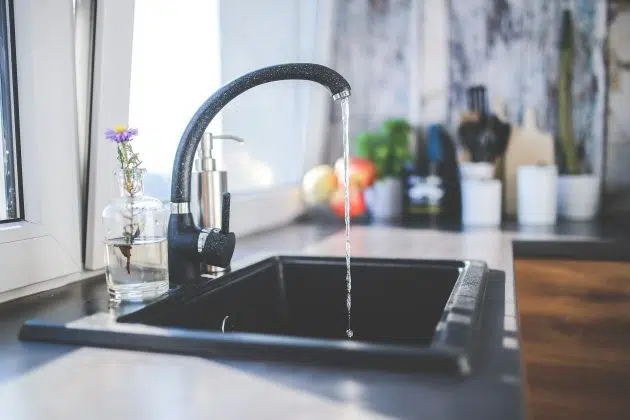
(KNSI) – As of Thursday’s U.S. Drought Monitor report, 98 percent of Minnesota is in a state of drought. A little over half of the state, including St. Cloud, is experiencing severe drought, and 22 percent of the state is seeing extreme drought conditions. Those areas include northern Wright County, much of Meeker County, southern Stearns County and nearly all of Clearwater County, home of the Mississippi River headwaters.
In St. Cloud on Friday, the Mississippi River measured less than 4 feet deep. Since the city draws its drinking water supply from the river, how will low water levels affect that access?
Department of Natural Resources water conservation consultant Carmelita Nelson spoke with KNSI’s Bob Hughes and says when the river gets low, the DNR issues suspensions to farms and other surface water users to make sure that cities like St. Cloud still have enough drinking water.
“We have recently sent out 46 suspension notices to surface water appropriators that are upstream,” Nelson said. “So, the farmers are having to find alternate water sources if they can, or just make do without.”
Nelson says the DNR would not suspend surface water access to cities, as drinking water is the highest priority, and the agency keeps a close eye on the Mississippi River for that reason.
“It’s our major watershed not only for St. Cloud, but also for many other communities, including Minneapolis and St. Paul,” she said. “We want to protect the flow not only for the fish and wildlife, but also for the users downstream.”
Around the state, Nelson says Minnesota has enough groundwater resources to keep the taps flowing, even when lakes and rivers are hindered by drought.
“We’re actually better off than most other states because we had so many glaciers here in Minnesota; we do have pretty abundant groundwater,” Nelson said. “And, of course, the folks along Lake Superior, they certainly aren’t going to run out of water. Even the Mississippi has never, even in the 1930s, never got desperately low.”
Though the taps running dry in St. Cloud or anywhere else in the state is an unlikely scenario, Nelson says everyone should do their part to conserve water.
“If it’s just at home or in your business or in your industry or agriculture, everyone in the state of Minnesota should be conserving water to the maximum extend possible so that we don’t have burdensome restrictions coming down the line,” Nelson said.
The cities of St. Cloud, Sartell and Sauk Rapids have all asked residents to limit their lawn irrigation and other outdoor water use in recent days, and the city of Waite Park started a water ban on July 21st.
___
Copyright 2021 Leighton Enterprises, Inc. All rights reserved. This material may not be broadcast, published, redistributed, or rewritten, in any way without consent.
"low" - Google News
July 31, 2021 at 03:36AM
https://ift.tt/3A7XhKz
How Minnesota's Drought, Low Water Levels on the Mississippi Will Affect Drinking Water - KNSI
"low" - Google News
https://ift.tt/2z1WHDx
Bagikan Berita Ini














0 Response to "How Minnesota's Drought, Low Water Levels on the Mississippi Will Affect Drinking Water - KNSI"
Post a Comment